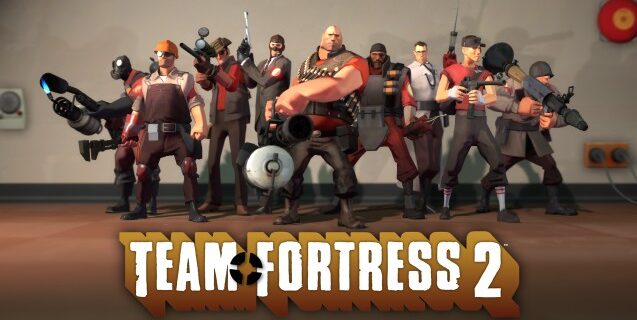
It’s really frustrating when you experience frequent lagging issues on Team Fortress 2. And attempting to resolve this problem can sometimes be more painful, as a lot of the fixes out there are tricky and time consuming.
But don’t worry! Here we have compiled a list of safe and effective solutions to your TF2 lagging problem. All of them are presented in a clear, step-by-step manner, so they are very easy to follow. Check them out now!
Check the Team Fortress 2 server status
If you see the Team Fortress 2 lagging issue, chances are the servers of Team Fortress 2 are not working properly. You can visit the unofficial server status page to see if this is true.
If they are down, then this should the cause of your TF2 lagging problem, and you may need to wait until they fix the issue.
Check the network you’re using
Your Team Fortress 2 lagging issue may occur because the network you’re connecting to is not working properly. There are a few things you need to do:
- Restart your network devices (router and modem) and computers.
- Try connecting to the Internet via your mobile devices as a hotspot.
- Try using network cable to connect to Internet if you’re using a wireless connection.
If these methods resolved your Team Fortress 2 lagging problem, great! But if not, relax! We still have other fixes for you to try…
Check your DNS settings
If your DNS settings are not configured correctly, you can probably experience Team Fortress 2 lagging problem. Here is what you need to do fix it:
Step 1: Press the Win and R keys on your keyboard at the same time to launch the Run dialog.
Step 2: Type “ncpa.cpl” and press Enter on your keyboard.
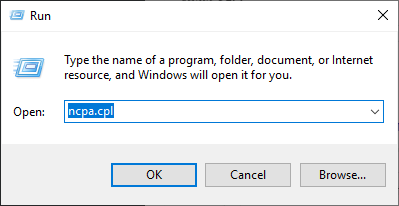
Step 3: Right click your network connection (“Ethernet” for wired connection, and “Wi-Fi” for wireless), and select Properties.
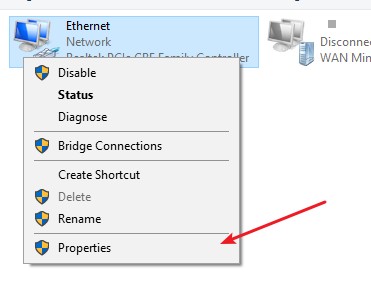
Step 4: Double click Internet Protocol Version 4(TCP/IPv4).
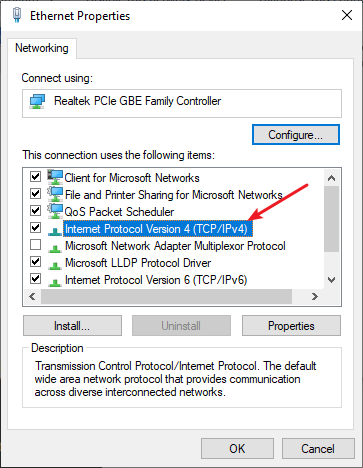
Step 5: Make sure Obtain an IP address automatically and Obtain DNS server address automatically are selected, then click OK. (If they already are then skip this step and go to step 7.)
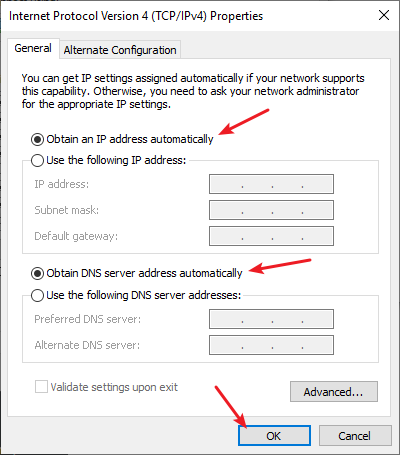
Step 6: Check if this fixes your error. If not move on to the step below.
Step 7: Select Use the following DNS server addresses, then set the server addresses to the Google public DNS server addresses (8.8.8.8 / 8.8.4.4).
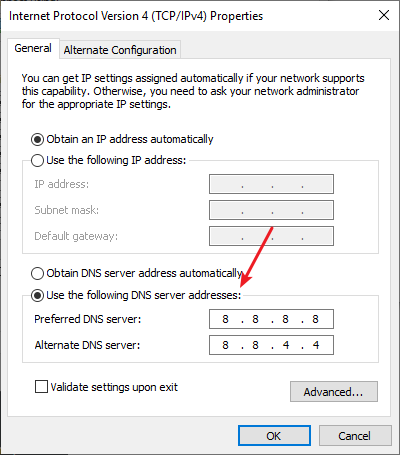
Step 8: Click OK.
Now check to see if this resolves your Team Fortress 2 lagging problem.
Use a VPN
Your Team Fortress 2 lagging issue may result from some interruptions to your Team Fortress 2 connection, or problems like extra relays or ISP throttles. And a VPN can help you fix or get around these issues.
Setting up a VPN usually requires some time and computer skills. If you want an easier option, you should try a VPN service. And we recommend using NordVPN.
NordVPN is an easy-to-use and fast VPN service. You’ll be able to set up a VPN connection with just a few mouse-clicks. And its fast speed servers at multiple locations offers you a comfortable and reliable experience.
To use NordVPN on your computer:
Step 1: Download and install NordVPN on your computer.
Step 2: Run NordVPN and sign in your account.
Step 3: Click the Connect switch. This will automatically connect you to the VPN server recommended for your device.
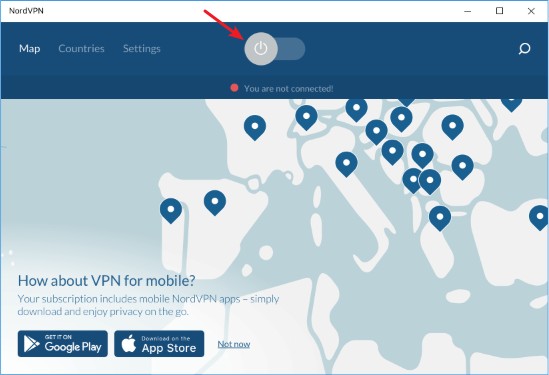
Now test your Team Fortress 2 and see if NordVPN has helped you fix your TF2 lagging problem.
Reset your Windows network settings
It’s possible that the cause of your Team Fortress 2 lagging problem is on your Windows IP and DNS settings. You can try resetting them and see if this works.
Step 1: Press and the Win and R keys on your keyboard to launch the Run box.
Step 2: Type “cmd” and press Ctrl, Shift and Enter on your keyboard. This will run Command Prompt as Adminstrator.
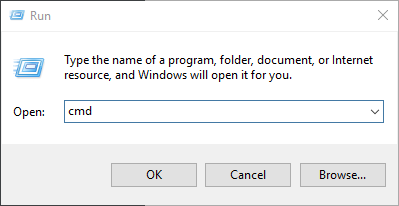
Step 3:
In Command Prompt, enter the following commands:
ipconfig /flushdns
ipconfig /renew
ipconfig /registerdns
Step 4: Close the window and restart your computer. Then test your Team Fortress 2 lagging issue.
We hope that the solutions above have helped you fix your Team Fortress 2 lagging issue. If you have any questions or suggestions about them, feel free to leave a comment below!


